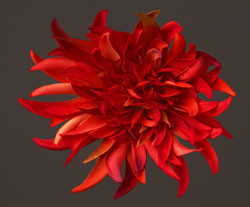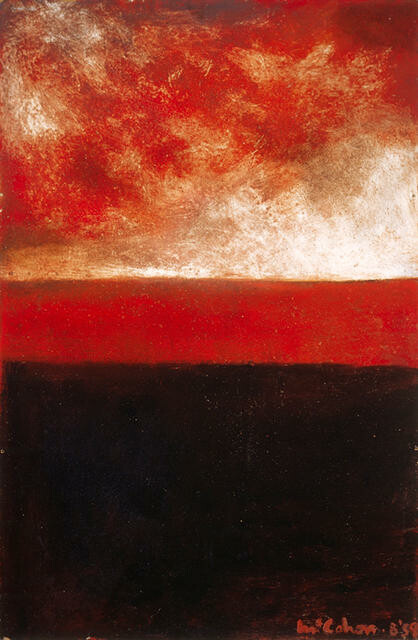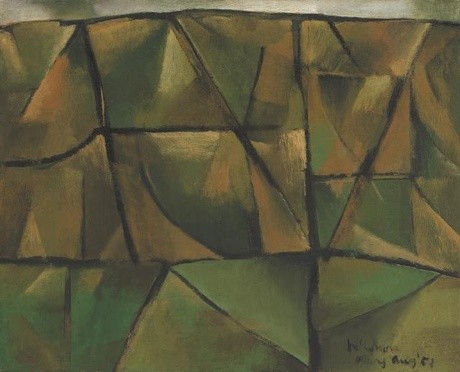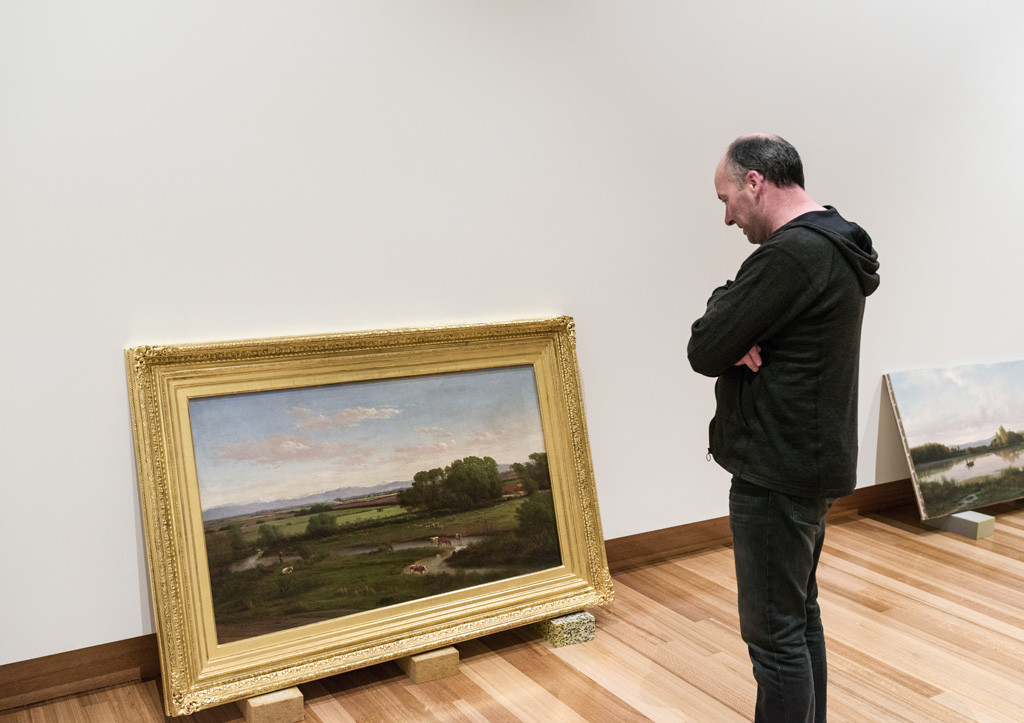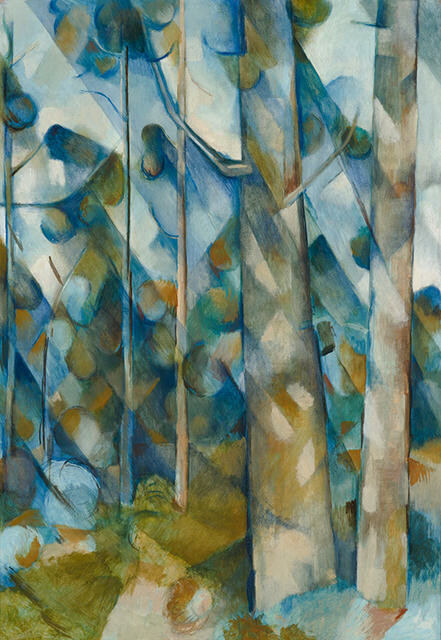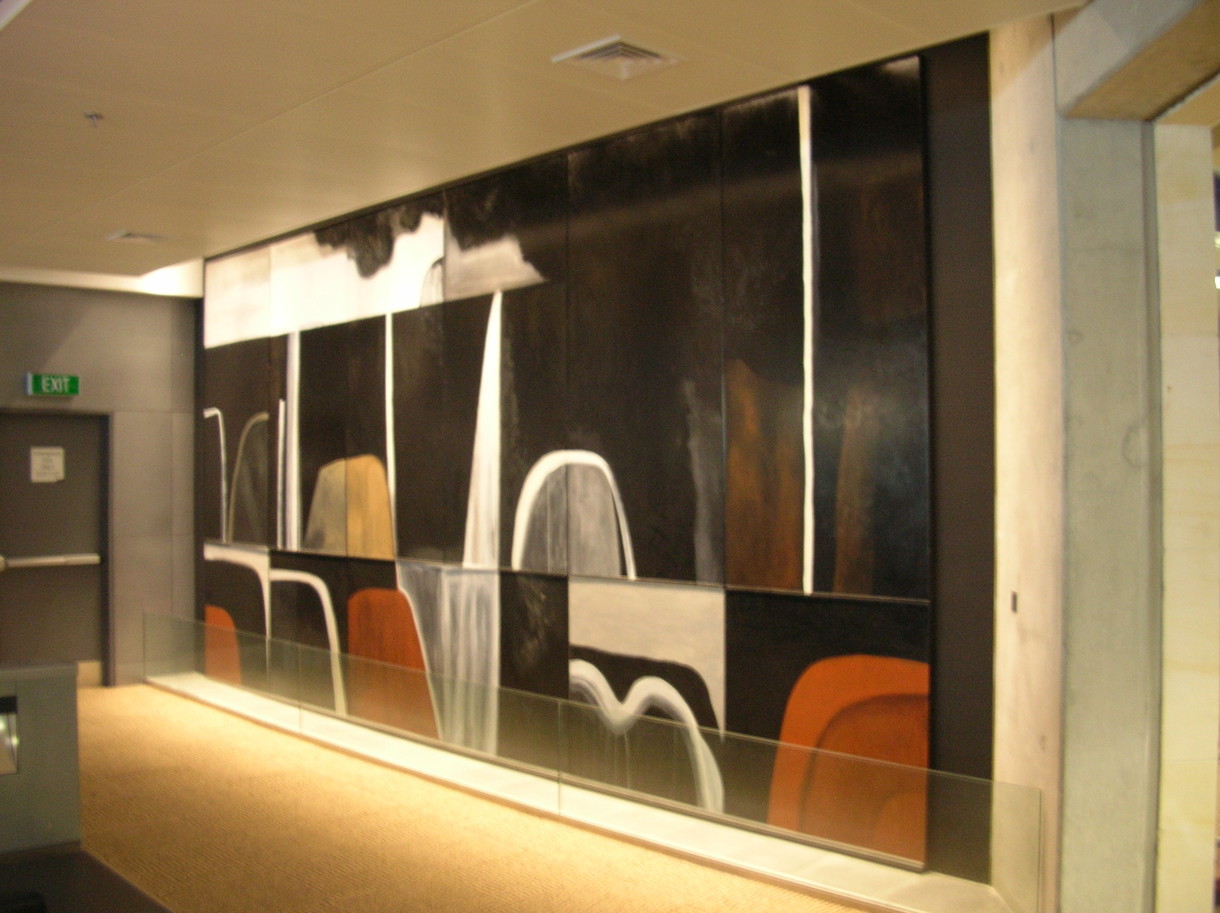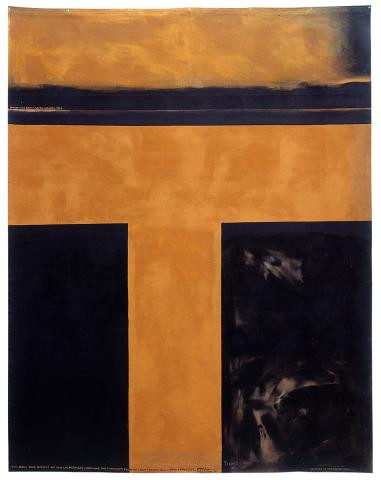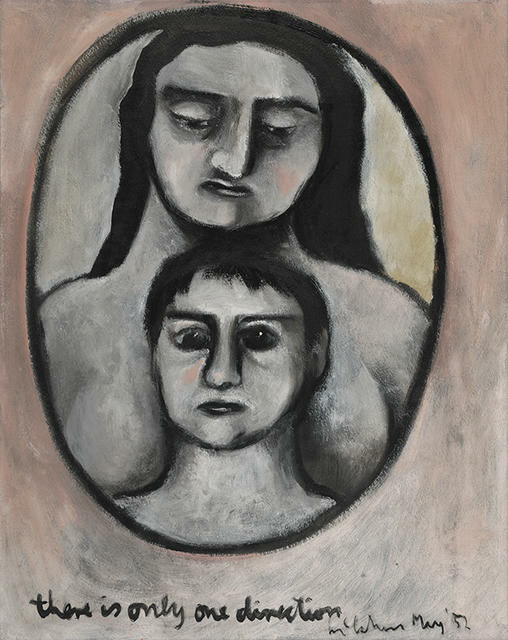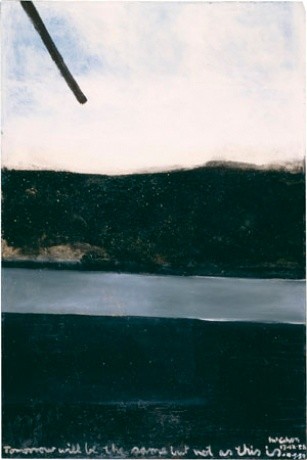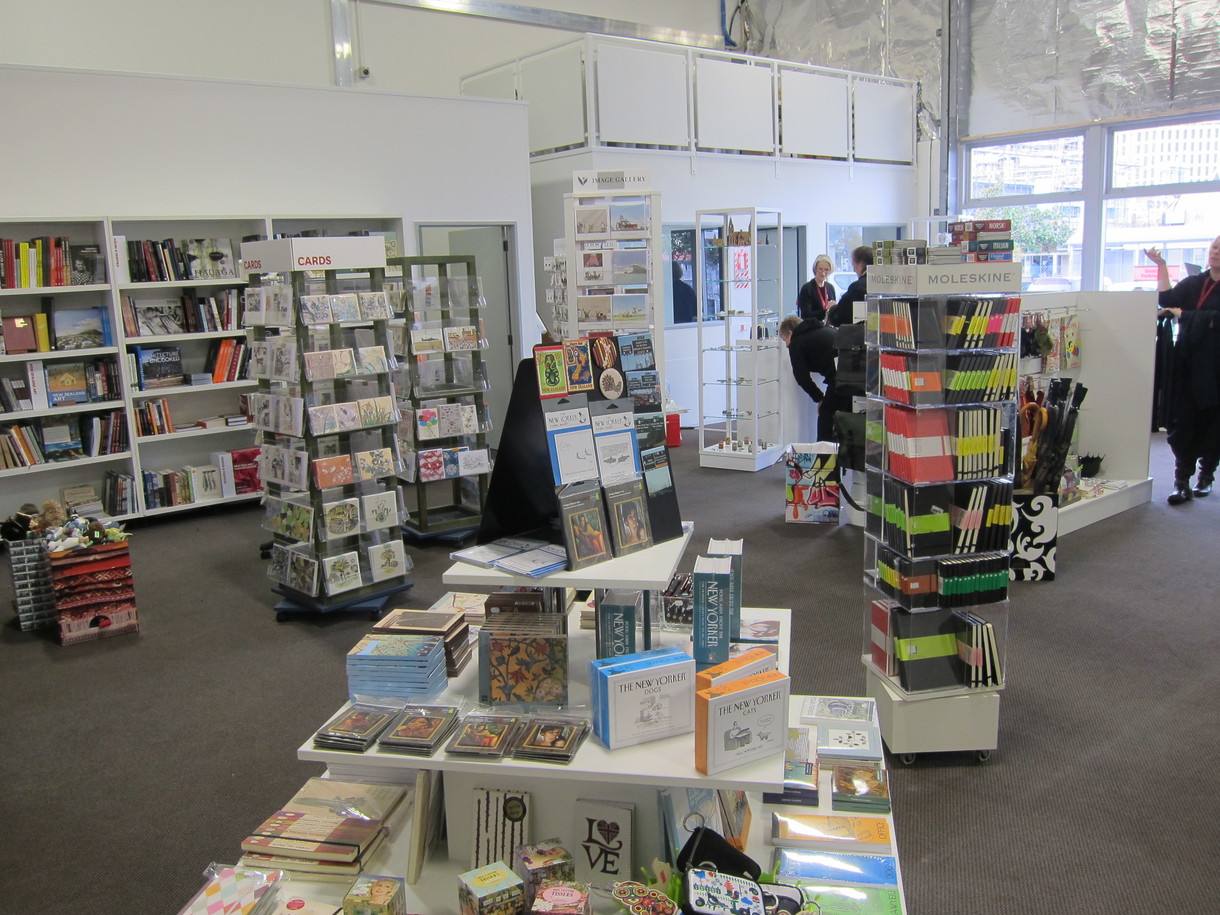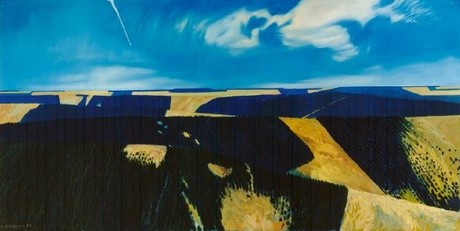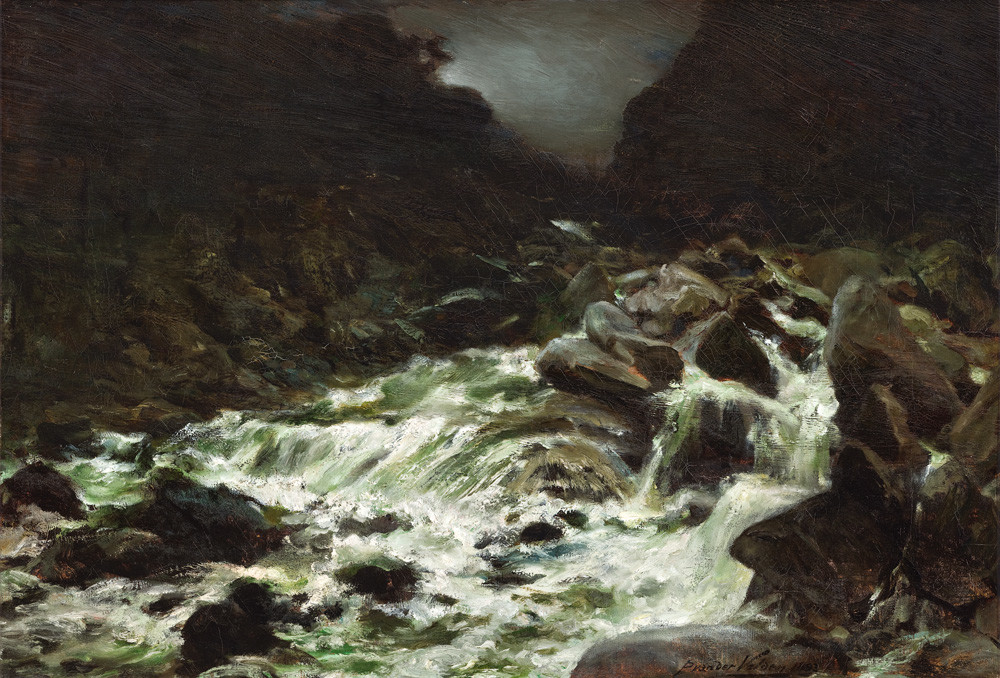Colin McCahon
Aotearoa New Zealand, b.1919, d.1987
Red and black landscape
- 1959
- Solpah and sand on board
- Donated from the Canterbury Public Library Collection, 2001
- Reproduced courtesy of Colin McCahon Research and Publication Trust
- 672 x 440mm
- 95/52
Tags: abstraction, black (color), landscapes (representations), natural landscapes, red (color)
For the exhibition I See Red (5 December 2007 - 23 November 2008) this work was displayed with the following label: Colin McCahon’s combination of sky, sea and land is the simplest of landscapes, but by using powerful red and black, he has created a painting filled with mystery and weight.
‘Red sky at morning, shepherd’s warning, Red sky at night, shepherd’s delight’ goes the old saying. This could be sunset or sunrise, a perfect day to come or a perfect storm. Which would you choose?
